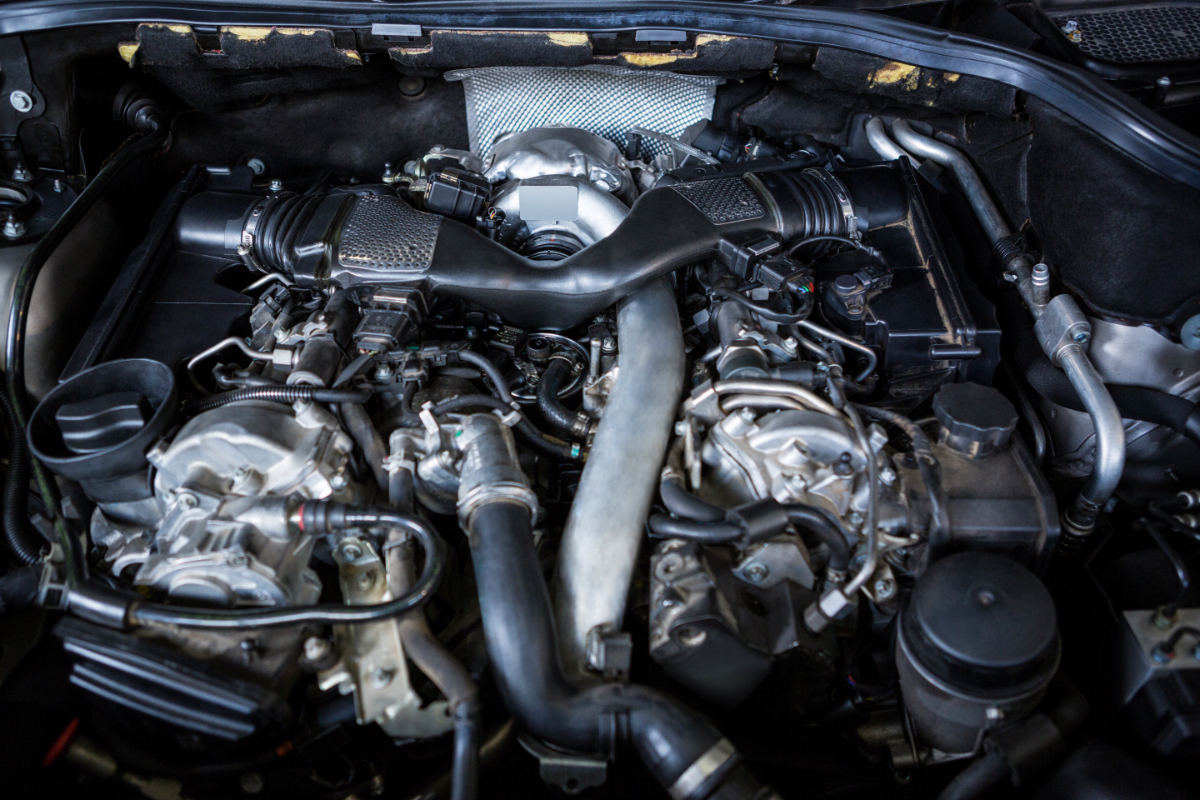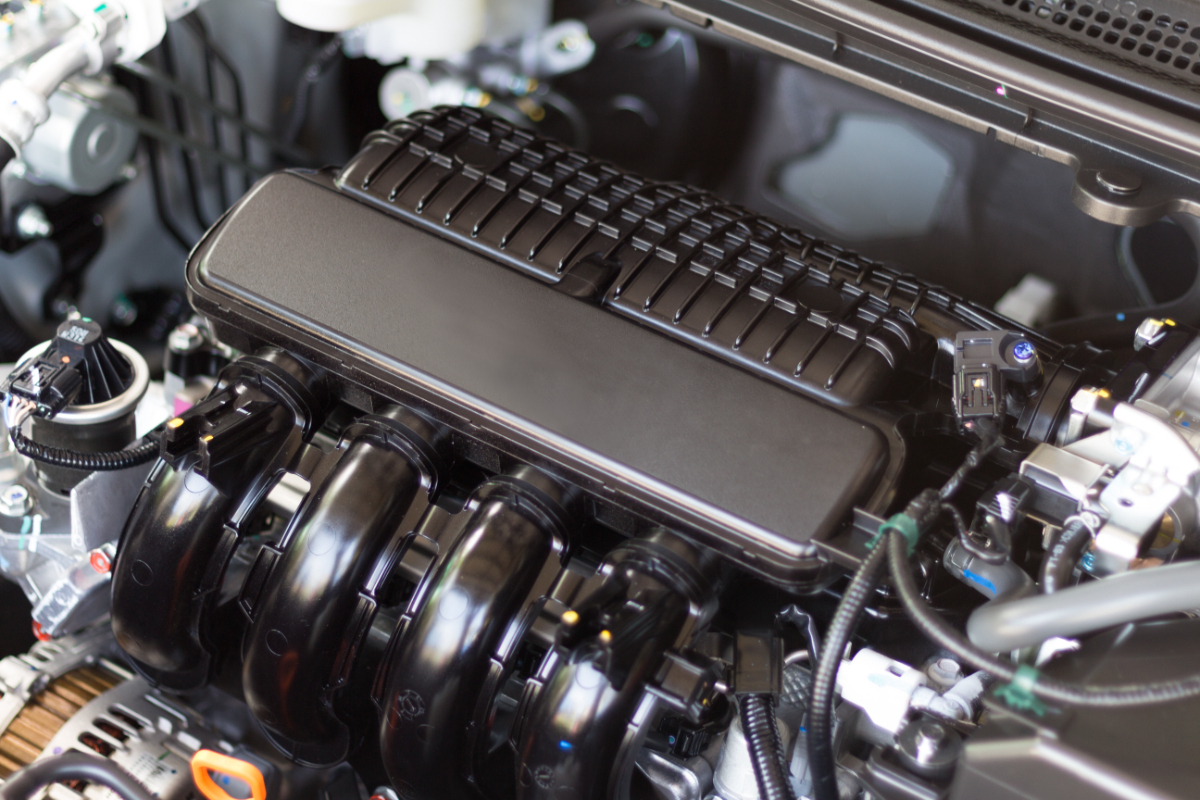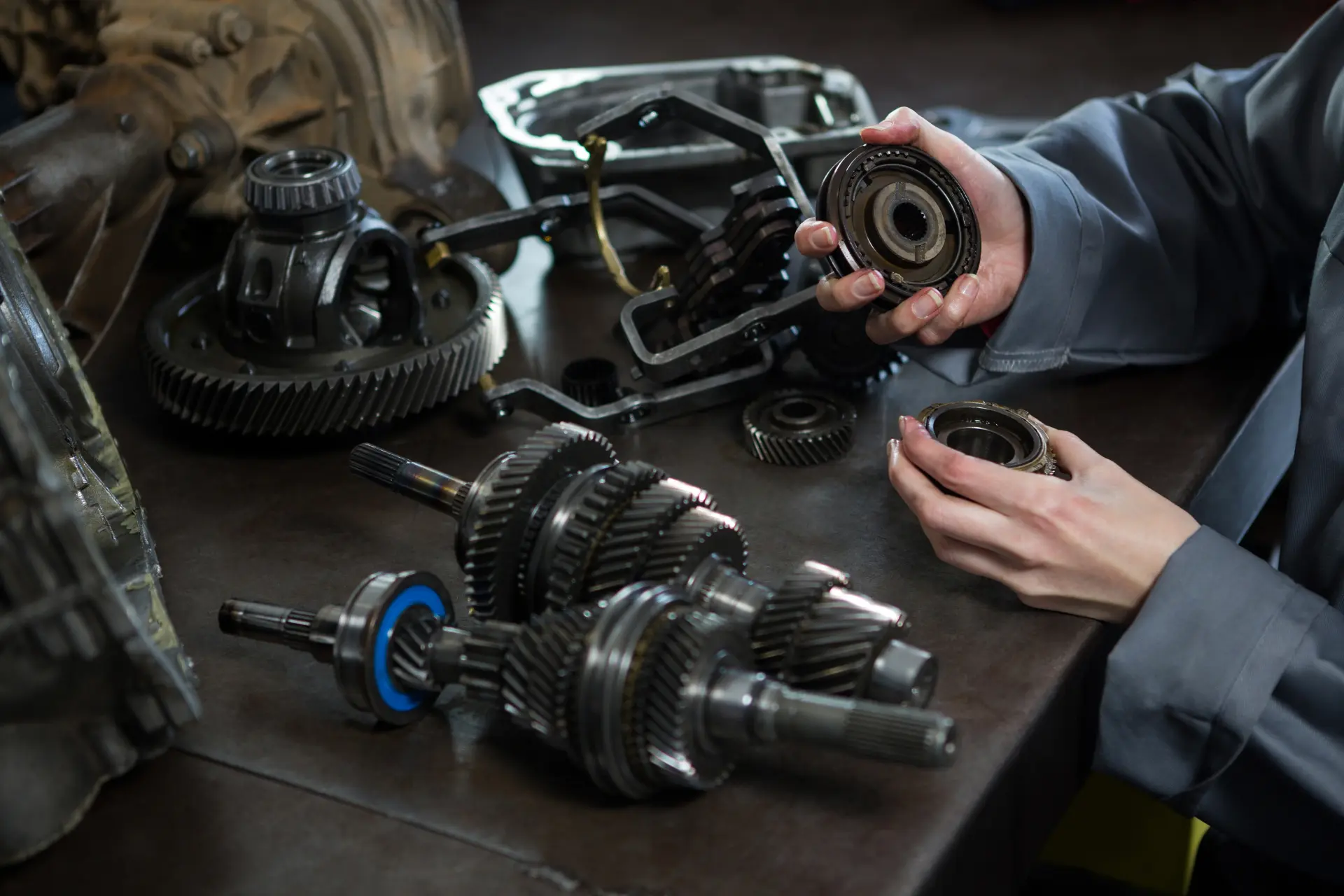The Basics of Diesel Engine Diagnostics
Diesel engine diagnostics is a vital process that helps maintain the performance, efficiency, and longevity of diesel-powered vehicles and machinery. Specialised tools and techniques are used during engine diagnostics to identify faults in the engine and allow technicians to pinpoint the problem accurately and resolve the issue.
Technicians will use diagnostic scanners or On-Board Diagnostics (OBD) devices to retrieve fault codes stored within the vehicle’s Engine Control Unit (ECU). These codes reveal valuable information about potential issues such as fuel injection timing errors, turbocharger inefficiencies, air intake malfunctions, or emission-related faults. The main parts of a diesel engine that are inspected during a diagnostic check are the fuel injection system, turbocharger, air intake and exhaust system, glow plugs and the ECU.
Tools and Technology Used in Diesel Diagnostics
One of the most essential tools used in diesel diagnostics is the OBD scanner or diagnostic reader. This device connects to the vehicle’s diagnostic port in order to access and retrieve fault codes stored within the Engine Control Unit (ECU). These codes allow technicians to accurately identify issues such as injector faults, turbocharger failures, and emission-related problems. More advanced systems, like OBD-II or EOBD tools, are also commonly used since they provide detailed live data from the engine's sensors.
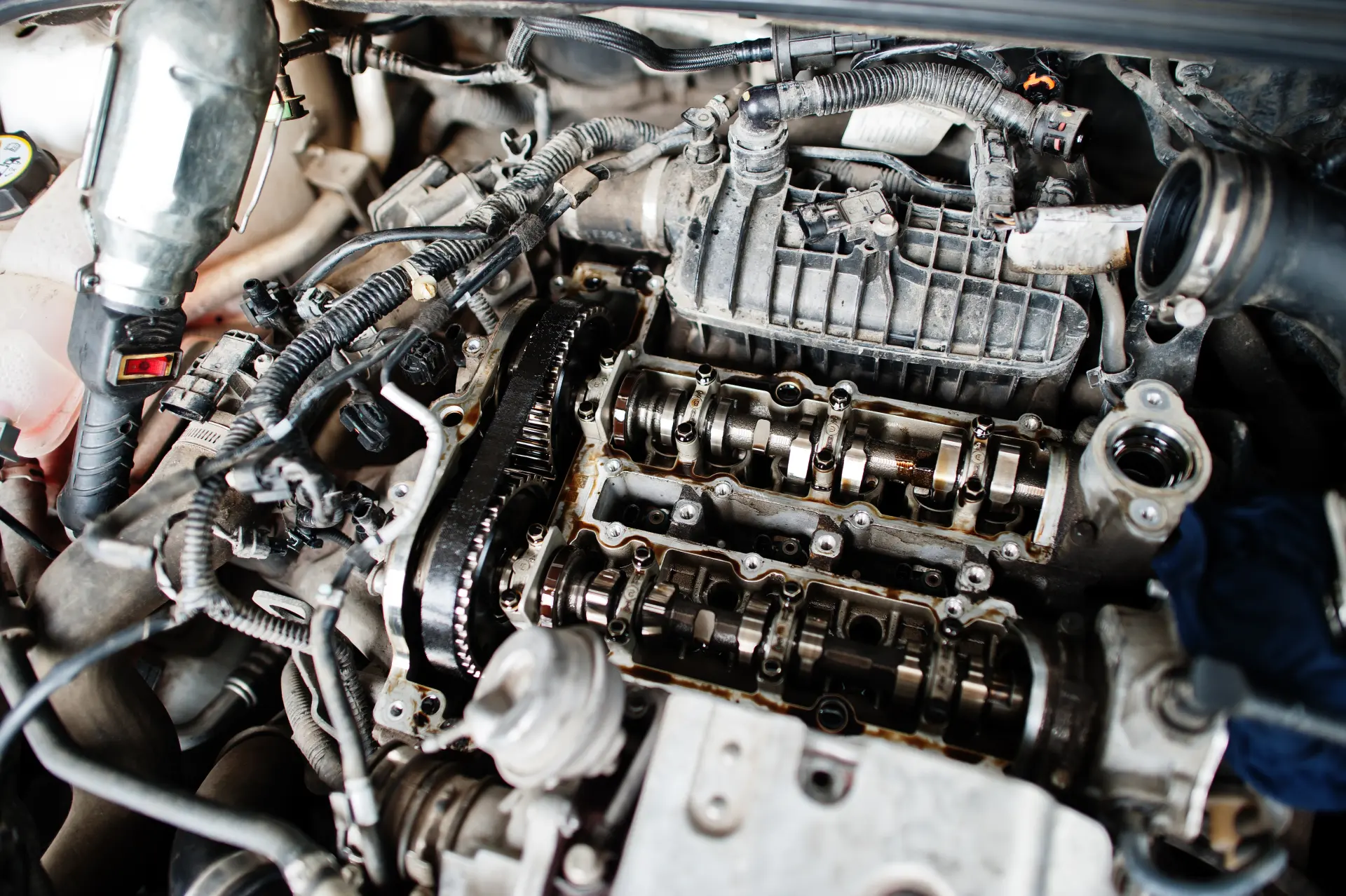
Another essential diagnostic tool is the diesel fuel pressure tester, which monitors the fuel system’s pressure to identify potential issues such as leaks, blockages or malfunctioning injectors.
Similarly, compression testers are used to assess the health of each cylinder and ensure there's proper combustion. Technicians also rely on laptop-based diagnostic software and manufacturer-specific tools, which provide in-depth access to the vehicle's systems beyond the generic fault codes.
Brands like Bosch, Snap-on, and Delphi are widely used in UK workshops due to their reliability and compatibility with diesel engines. Additionally, oscilloscopes are used to analyse electrical signals and find faults in the sensors, wiring and actuators that might not be visible during a standard scan.
Common Diesel Engine Problems Identified Through Diagnostics
One of the main issues that's detected is fuel injection system faults. Diesel engines rely heavily on precise fuel delivery and timing for efficient combustion. Diagnostic tools can identify injector blockages, poor spray patterns or timing irregularities, which can all cause rough idling, power loss or excessive fuel consumption.
Turbocharger problems are another common fault that's uncovered during diagnostics. A faulty turbocharger can cause a reduction in power, black smoke or whining noises. Through the data that's provided from the boost pressure sensors and airflow readings, technicians can quickly detect underperforming or leaking turbo units and prevent further damage to the engine.
Electrical and sensor-related problems, such as faulty oxygen sensors, MAF sensors or EGR valves, can also be picked up through diagnostic scans. These components are crucial for maintaining proper air-fuel ratios and emissions control, and faults with these systems can lead to a reduction in efficiency and higher exhaust emissions.
Step-by-Step Diesel Engine Repair Process
The diesel engine repair process begins with gathering information about the engine’s behaviour. Technicians will speak with the vehicle owner or operator to take a note of any warning lights, unusual noises, smoke or performance issues. A visual inspection is then carried out to check for leaks, damaged wiring or loose components before diagnostic equipment is used.
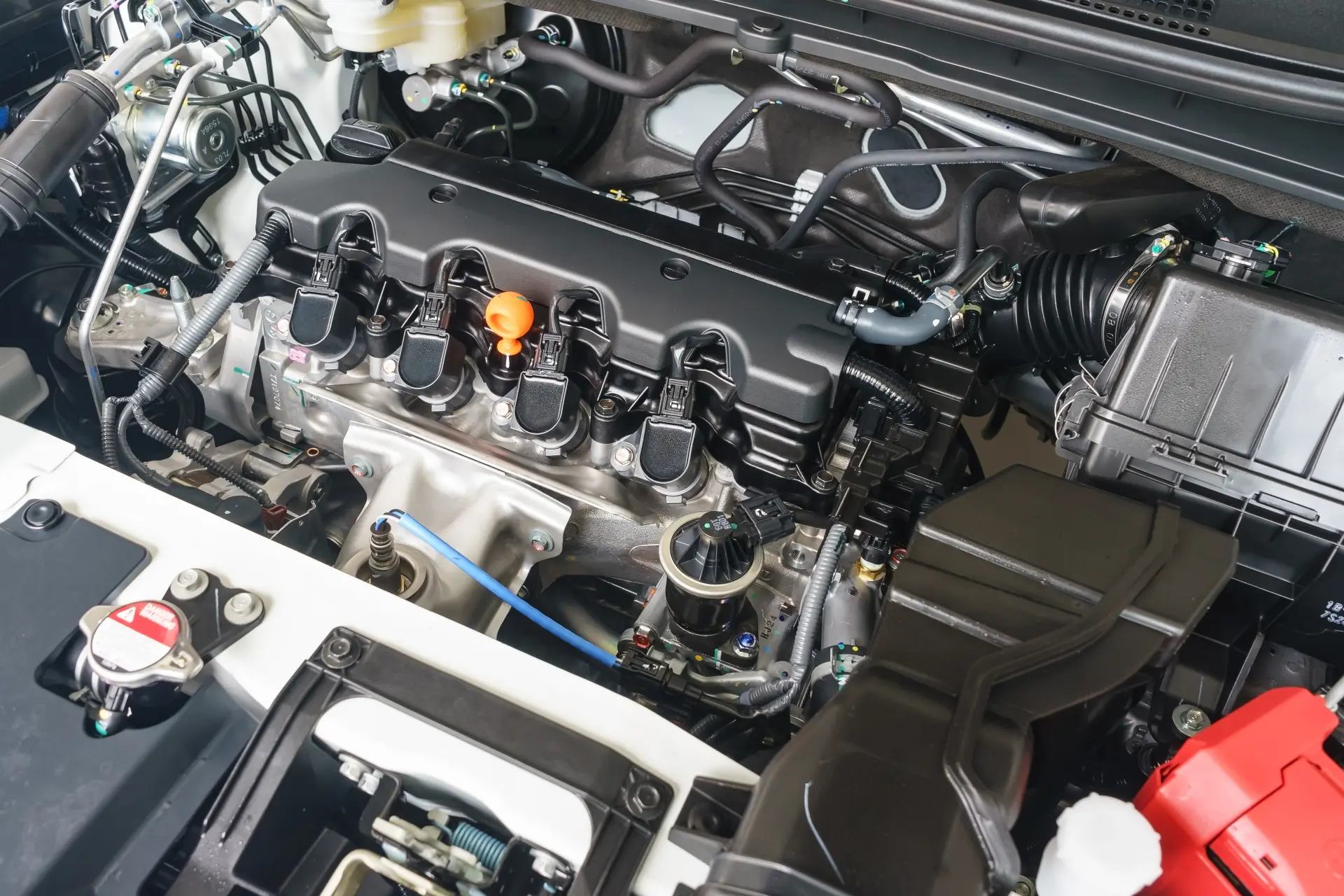
Following the visual inspection, an OBD scanner is attached to the vehicle’s diagnostic port to collect any stored fault codes. These codes serve as an initial guide for the technician, since they help pinpoint which systems or components are experiencing issues, such as the injectors, turbocharger or emission sensors. Once the fault codes are retrieved, the technician can interpret them alongside the live data readings from the engine. Then, the fuel pressure, air intake flow, and exhaust temperature are examined; this helps confirm whether the issue is electronic, mechanical or a combination of both.
Once the fault is confirmed, the defective part is repaired or replaced. Then the ECU is cleared of error codes, and the system is rechecked to ensure the issue has been fully resolved. A final diagnostic scan and road test are then performed to confirm the repair is successful.
Gee Diesel Services Ltd provides professional diesel engine diagnostic services to identify and resolve your vehicle's performance issues. We use advanced diagnostic tools to analyse, detect and resolve faults within your fuel system, turbochargers and emissions controls.
